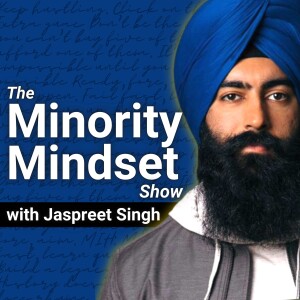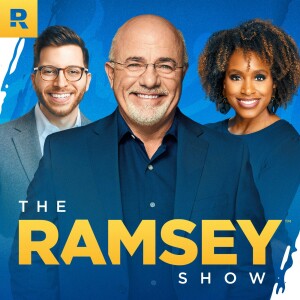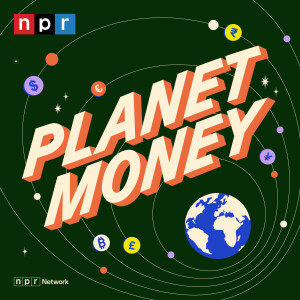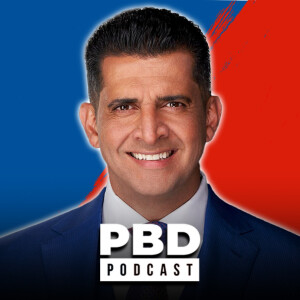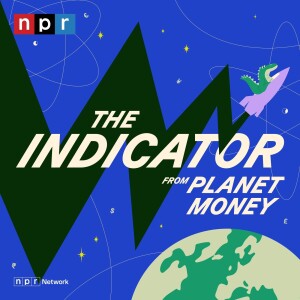

The Weekly Briefing from Capital Economics
https://feeds.transistor.fm/capital-economics-weekly-briefingEpisode List

BoE division, data confusion, looming US CPI | Taking Trump’s manufacturing pledges to task
After an extraordinarily divisive Bank of England policy meeting, Group Chief Economist Neil Shearing explores why it’s become so difficult to get a clear read on the UK economy. Part of the problem lies with the data – an issue now making headlines in the US following Donald Trump’s dismissal of the Bureau of Labor Statistics commissioner. Neil explains what this means for the credibility of official data and what to watch for in the upcoming BLS inflation release, which could prove pivotal for the Fed’s September decision. Plus, Thomas Ryan from our US team looks at why Trump’s promises to restore American manufacturing are likely to fall far short of reality.Analysis and events referenced in this episode:Read: Miran a good pick for the FedRead: Integrity of economic data safe for nowUS Drop-In: Are higher tariff rates fuelling inflation – and how should the Fed respond?Data: UK Employment IndicatorRead: Tariffs will not fix decades-long manufacturing decline

That big payrolls miss and the US outlook plus AI's energy demands
Does July's grim US jobs report vindicate the Fed's dissenters who pushed for rate cuts this week? Deputy Chief North America Economist Stephen Brown and Deputy Chief Markets Economist Jonas Goltermann unpack what the latest data reveal about the health of the US economy, the Fed’s strategy and how markets are reacting. Plus, with AI's global rollout pointing to formidable energy demands, Climate and Commodities Economist Olivia Cross explains where the supply will come from.Analysis and events referenced in this episode:Read: Tariff impact on inflation slowly buildingData: Tariff Impact ModelData: China-US Rerouting dashboardRead: How the AI race will reshape global energy marketsKey Issue: The economic and market impact of AI

How the global economy is fracturing under Trump
Donald Trump and his trade war are symptoms, not causes, of a deeper shift in the global economic order. The world has fractured into rival blocs, with the US and China emerging as the poles of competing systems, vying for resources, technological dominance and geopolitical influence. Now, with Trump back in office, long-held assumptions about American leadership are once again in question. What does his return mean for the trajectory of this fracturing, and how has the balance of risks evolved?In this special edition of The Weekly Briefing from Capital Economics, Group Chief Economist Neil Shearing and Chief Asia Economist Mark Williams explore the fracturing of the global economy. Ahead of the publication of fresh analysis about how fracturing has developed since Trump's return, they talk to David Wilder about how this process began long before the president was elected in 2016, how it’s accelerating under his second term and where it might lead. Topics covered in this 30-minute episode include:The inevitability of US–China economic rivalry – and the scope for détenteHow fracturing is fuelling a global tech arms raceWhether Trump’s unilateralism could further strain or even break Western alliances.Events and analysis referenced in this episode:Fracturing under Trump – Register now:Singapore, 3rd SeptemberHong Kong, 4th SeptemberLondon, 17th SeptemberNew York, 9th OctoberRead: The fracturing of the global economyRead: The US, China and the Fractured Age

What if Trump fires Powell? | Global inflation signals and the policy outlook
Group Chief Economist Neil Shearing sifts through a deluge of DM inflation data to highlight where tariff effects are coming through, where price pressures look too hot and which central banks are best positioned to press on with policy easing. He also talks to David Wilder about what China’s manufacturing overdrive is doing to the global inflation picture.Also on the show, how serious is Donald Trump about forcing out Jerome Powell? Deputy Chief North America Economist Stephen Brown talks about the market response to the latest attacks on the Fed chief, why forcing him out could prove counterproductive for a president wanting cheaper borrowing costs, and what to watch as the White House steps up the pressure. Events and analysis referenced in this episode:ECB Watch: A pause, or an end, to the easing cycleGlobal Drop-In: Fed, ECB and Bank of England – Unpacking the latest rate movesDrop-In: Could South Africa be about to see a big bond rally?Read: What happens if Trump fires Powell?

'Tariff Man' returns, US-China diverging price risks – and is AI triggering a jobs bloodbath?
Tariffs stormed back into the headlines this week as the pause on ‘Liberation Day’ levies expired with a flurry of warnings about steep rate hikes unless deals are struck by 1st August. Group Chief Economist Neil Shearing unpacks the implications, while Head of China Economics Julian Evans-Pritchard provides the view from Beijing. They also explore with David Wilder why inflation is a risk in the US but deflation looms in China, and what policymakers are (and aren’t) doing to fix it.Also on the show: As warnings mount over AI-driven job losses, Senior Economic Adviser Vicky Redwood separates hype from reality and explains what’s happening now in labour markets, and what the future may hold.Analysis and events referenced in this episode:Data: US-China Trade ReroutingRead: Tackling Chinese overcapacity will require demand-side stimulusRead: Fears about AI-driven job losses are overdoneRead: The economic and market impact of AIUpcoming Drop-Ins
Create Your Podcast In Minutes
- Full-featured podcast site
- Unlimited storage and bandwidth
- Comprehensive podcast stats
- Distribute to Apple Podcasts, Spotify, and more
- Make money with your podcast
